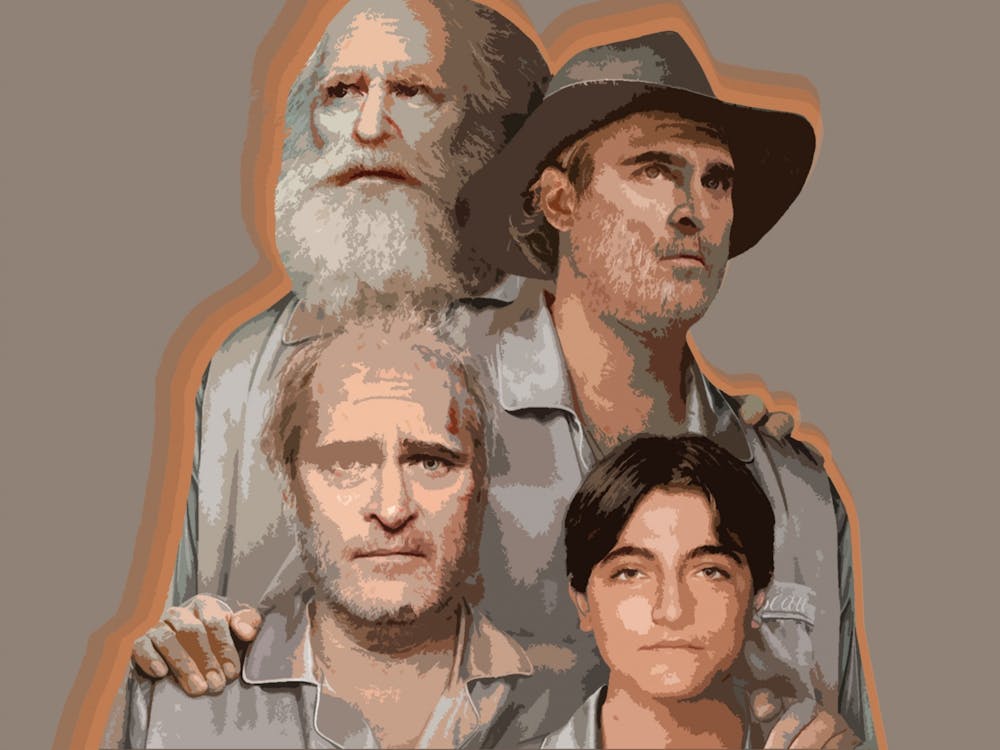The Disney that many of us knew as children was a magical, fairytale factory from which instant classics came. What we never saw was what went on behind the scenes of our beloved films. “Saving Mr. Banks” serves as a backstage lens into the making of “Mary Poppins” with the collaboration between Disney and the writer of the original novel, P.L. Travers.
The film, created by Disney, lends itself to criticism about how accurately Walt Disney and his corporation are portrayed. Can the film’s sugarcoating of the writing process, the company as a whole and Walt Disney himself be called self-promotion? On some counts, yes, but the film undeniably succeeds.
Tom Hanks creates a Walt Disney with an air of arrogance and stubbornness, continually referring to P.L. Travers (Emma Thompson) as “Pam” instead of her preferred “Mrs. Travers,” and offering up pre-signed cards to fans at Disneyland rather than signing autographs. Disney has his own ideas in mind for “Mary Poppins” and has a difficult time collaborating with Travers.
The film places its focus on two weeks of time in the early ‘60s, when Travers travels from London to Los Angeles, hesitantly meeting with Disney and his team to discuss adapting her beloved novel into a film. Travers is adamant about keeping animation and the sparkling, Disney fairy tale quality out of her beloved story, and wants to stick to her original vision as much as possible. Only through a series of flashbacks does the audience learn that Travers’ attachment to the original work stems not from stubbornness but a personal connection.
Throughout the film, viewers travel back to Travers’ childhood in rural Australia, witnessing the writer’s relationship with her father — a man whom she looks up to but who struggles with alcohol abuse and frequent job changes — who serves as the basis for George Banks in “Mary Poppins.”
After seeing this film I was eager to rewatch the classic that I had almost completely forgotten, so I popped the tape into my old VCR and relived the magic, only with a new perspective. I noticed similarities between Travers’ childhood and the experiences of the children, Jane and Michael, but mostly I was moved by the portrayal of Mr. Banks. “Saving Mr. Banks” puts emphasis on the creation of the father more than on the children or even Mary Poppins. As Mrs. Travers puts it — “Mary Poppins didn’t come to save the children.” As we find out, she came to save their father.
“Saving Mr. Banks” may have come from a less than impartial source, and some may view the way it pulls at the audience’s heartstrings as self-promotion, but overall, the film works. Just like “Mary Poppins,” this movie is one that can be watched for generations.






